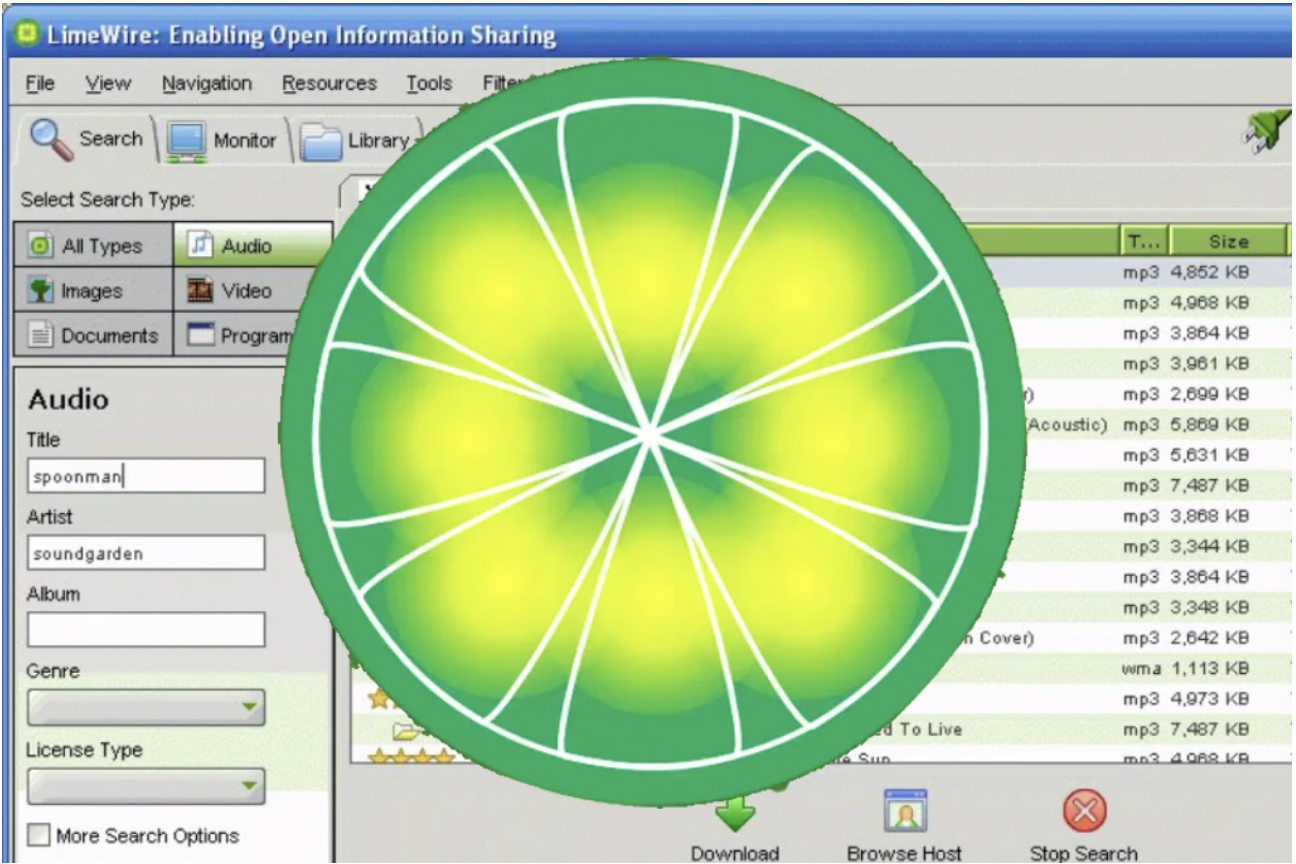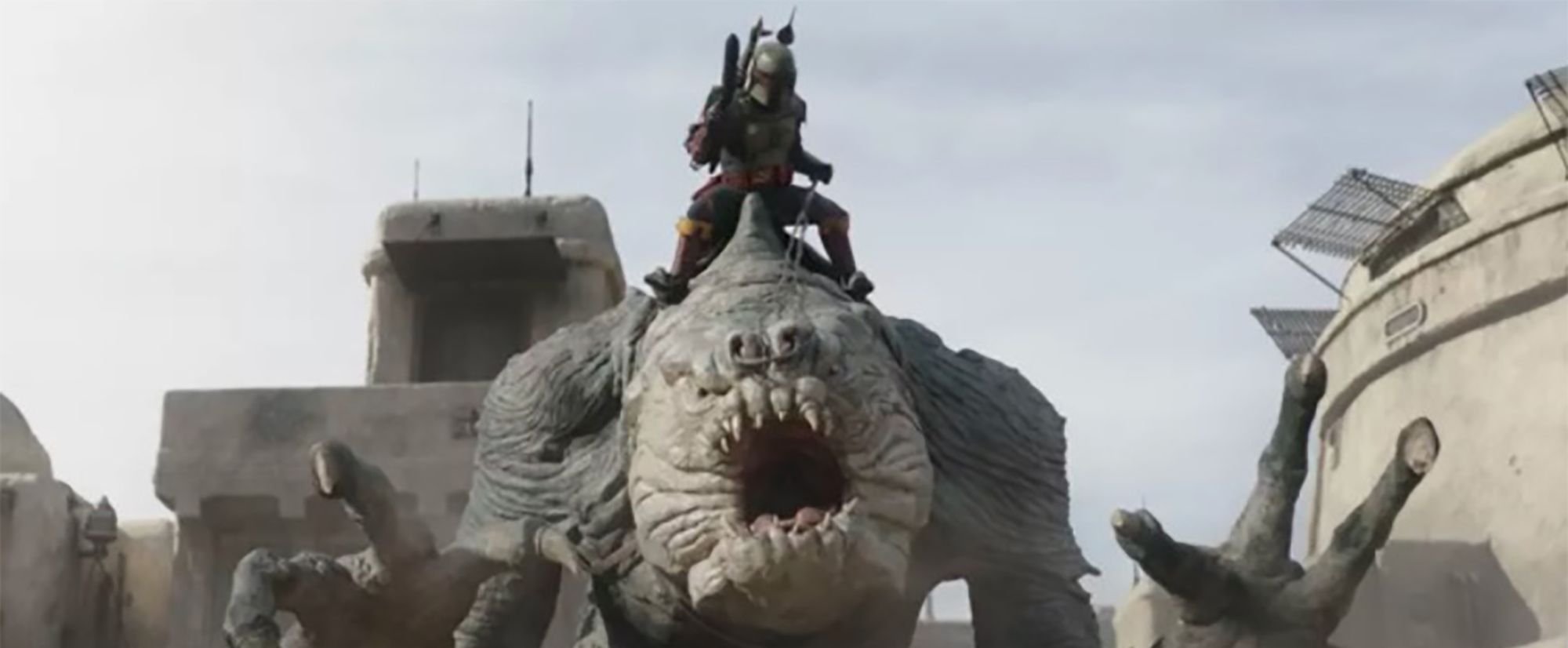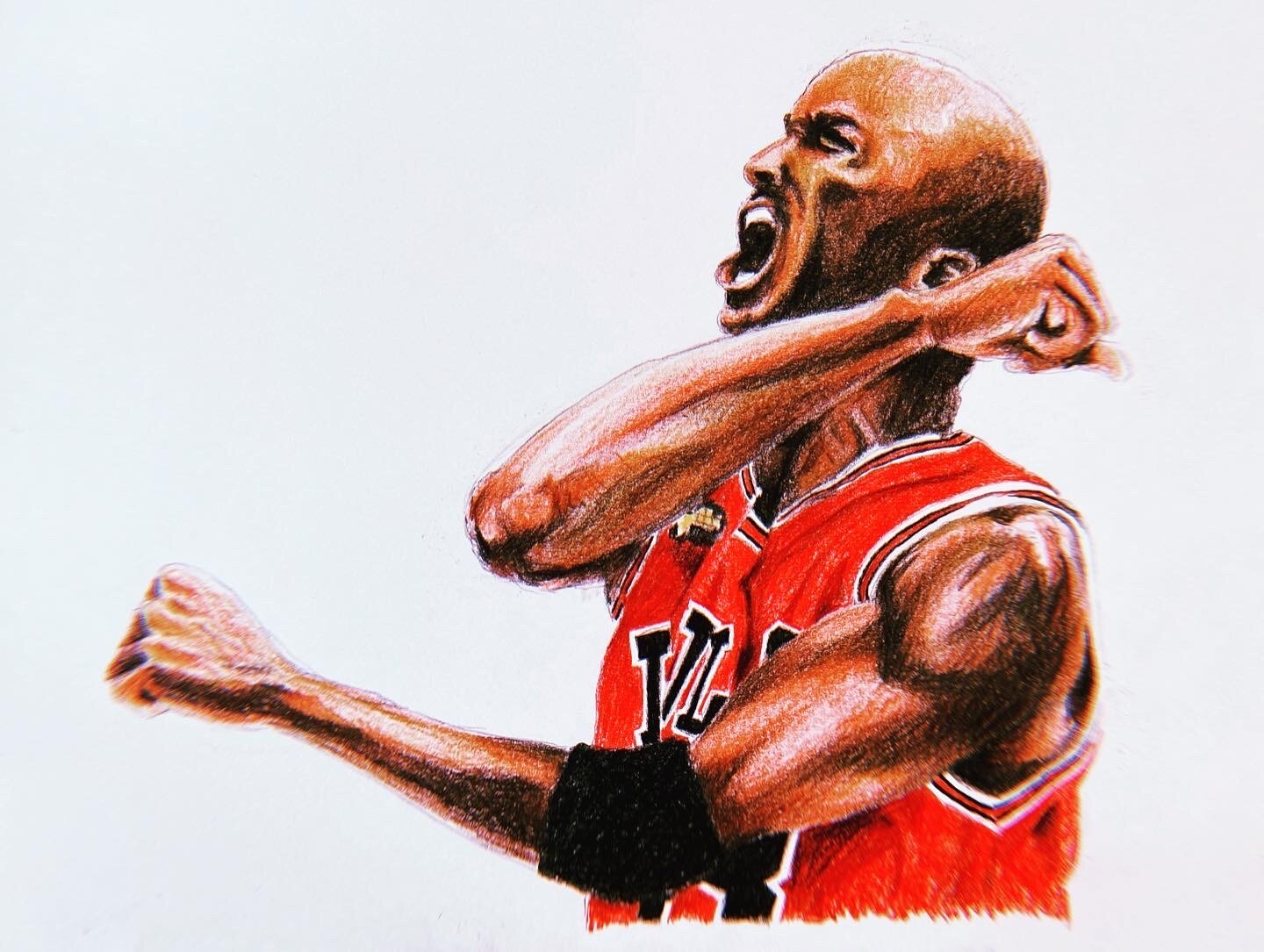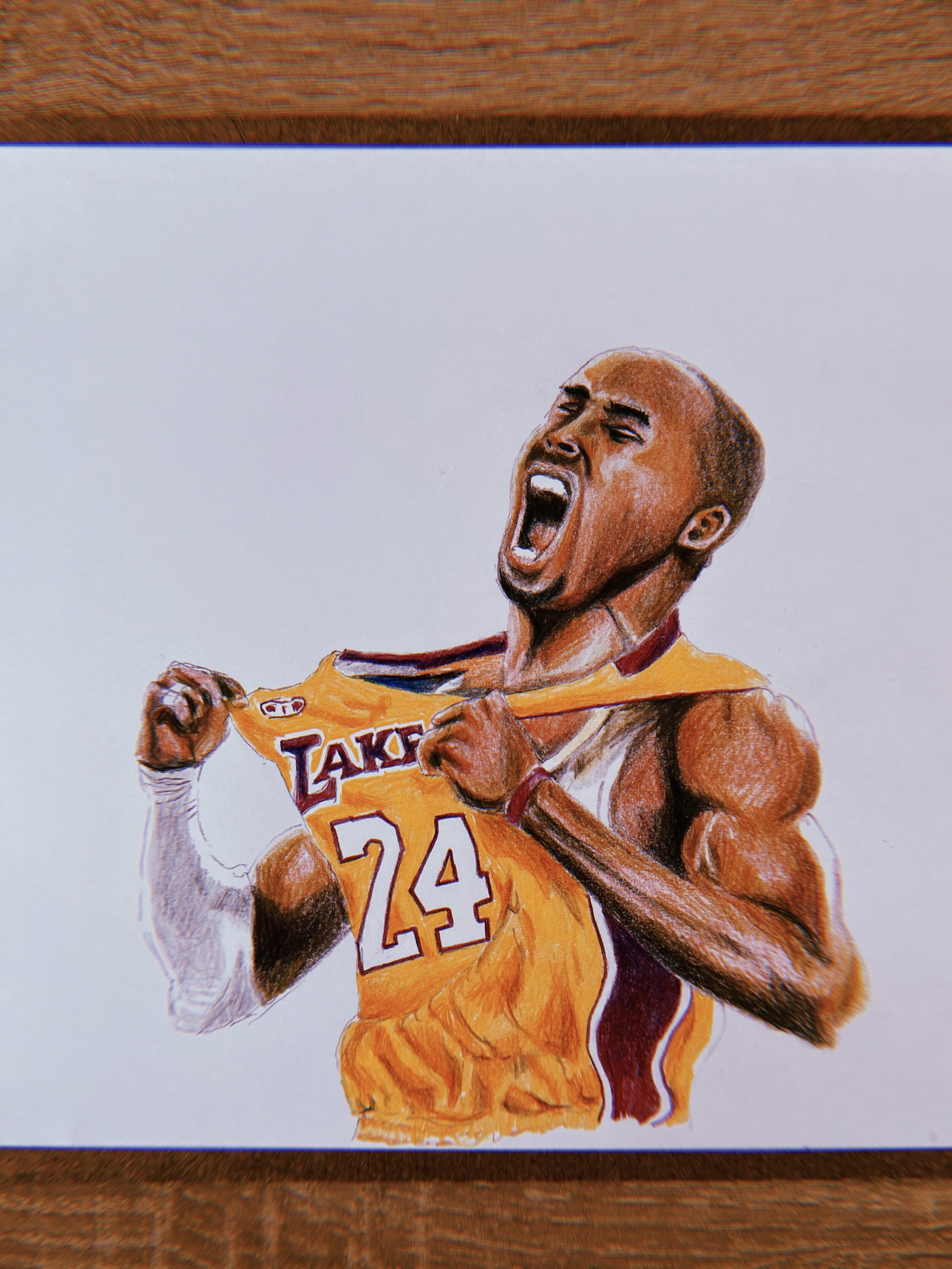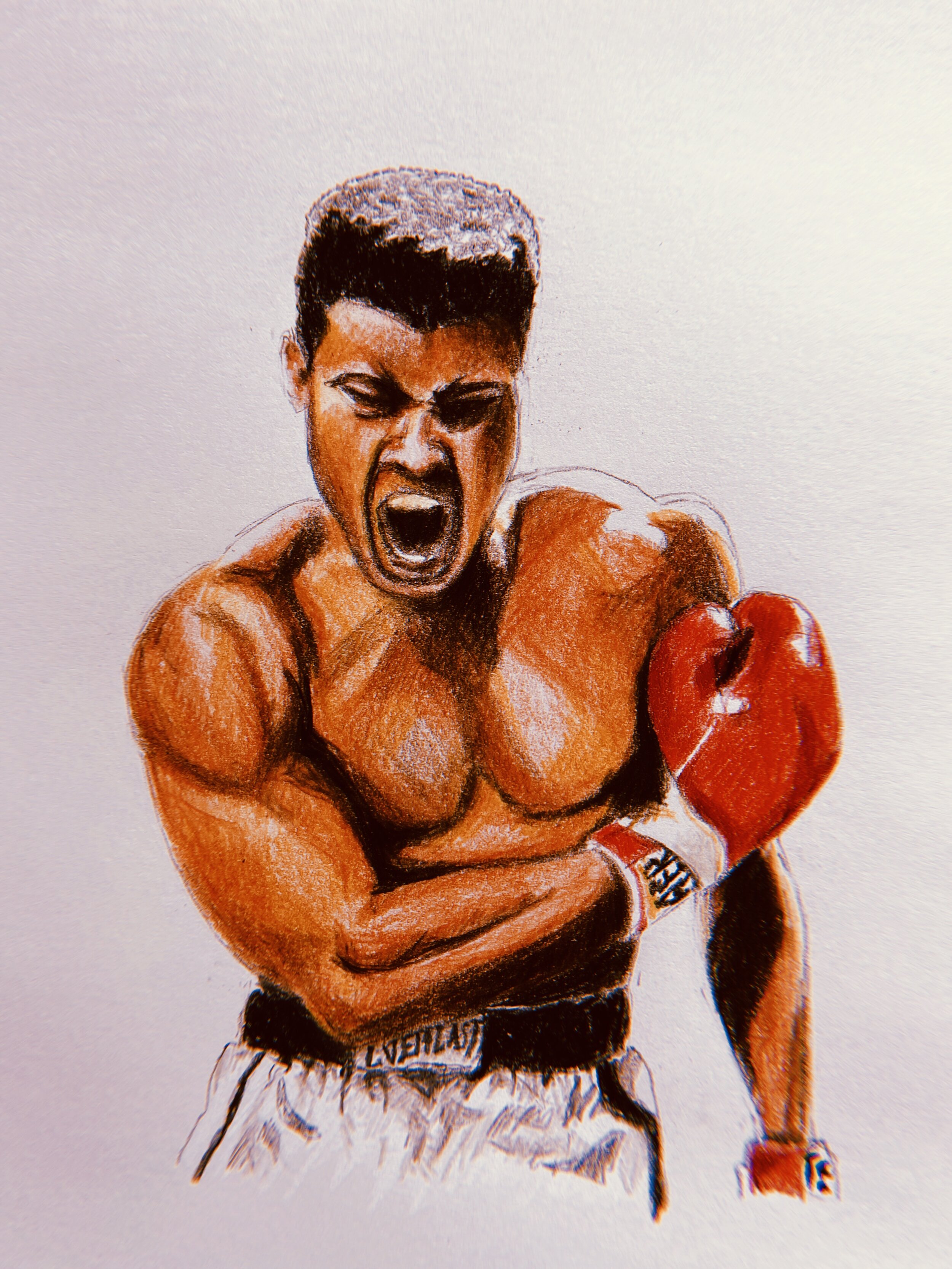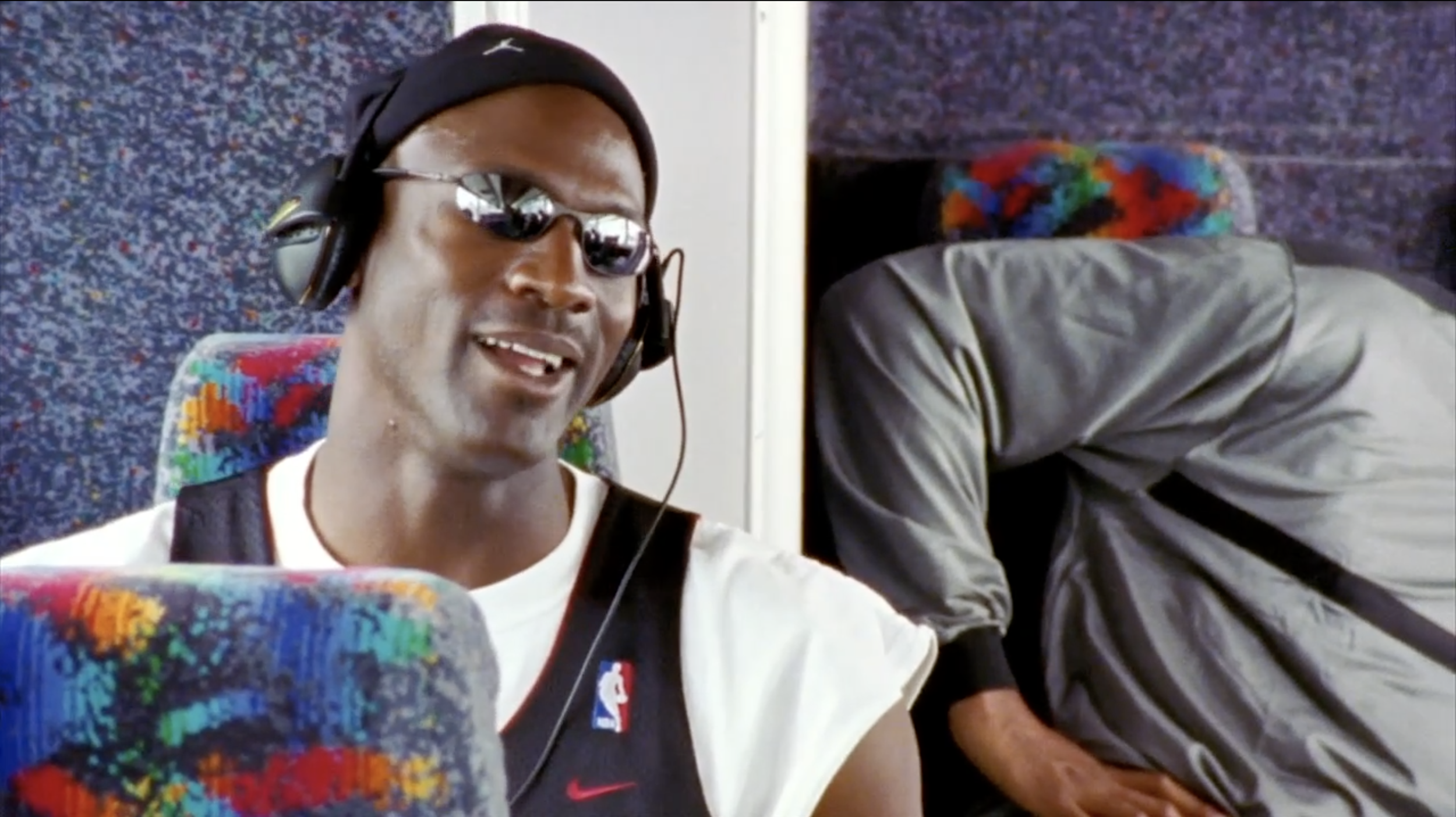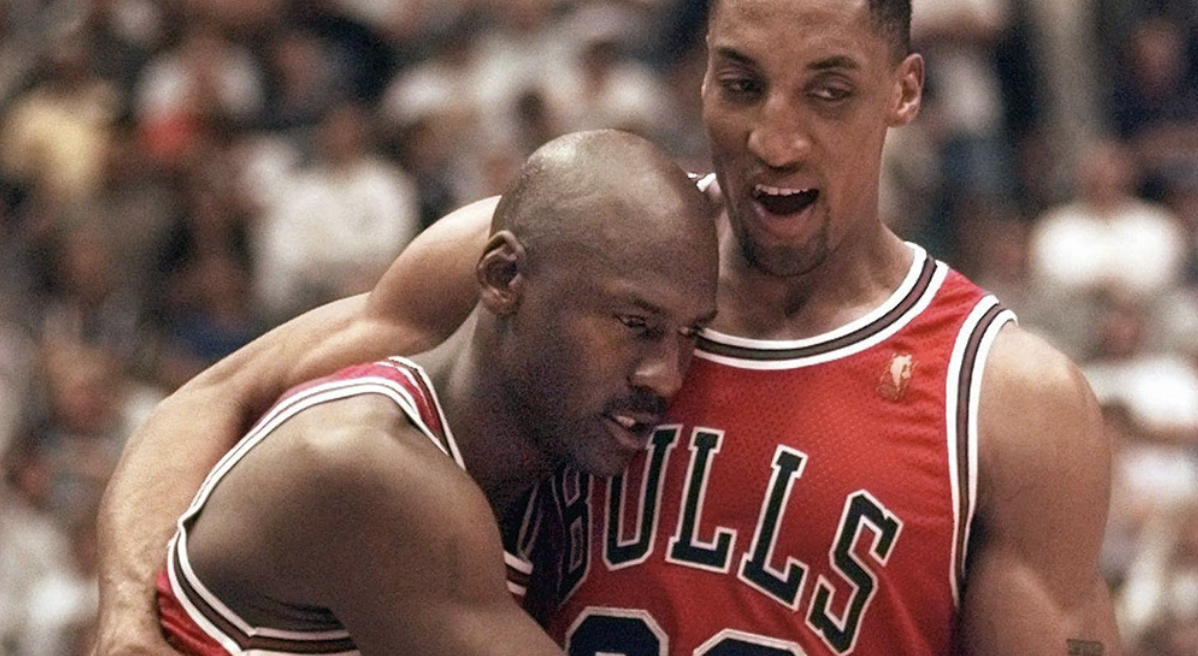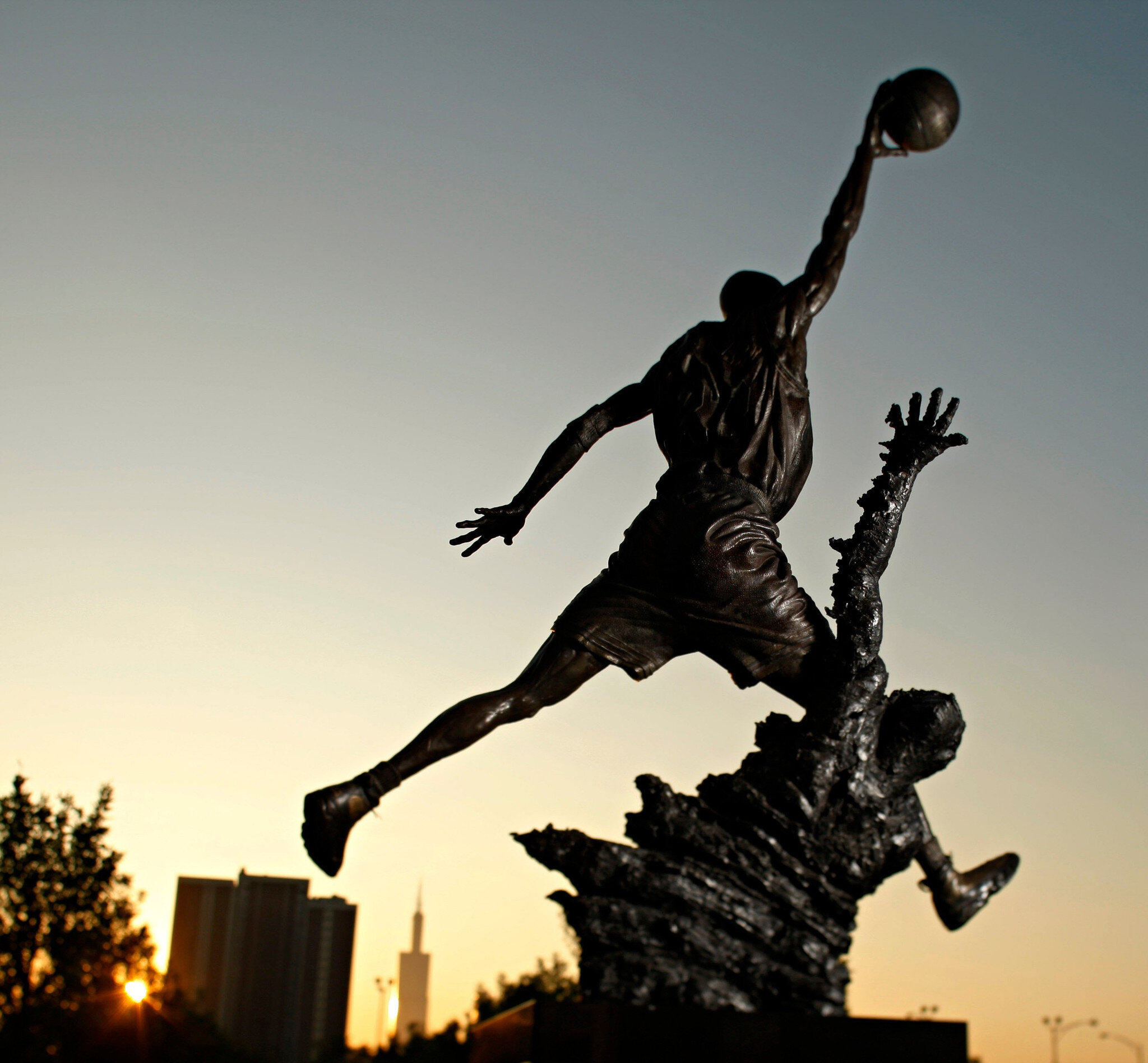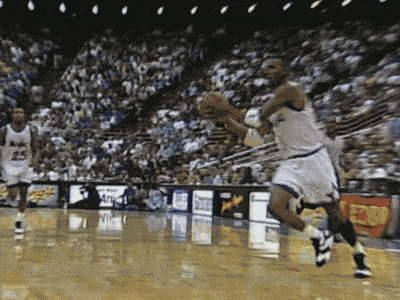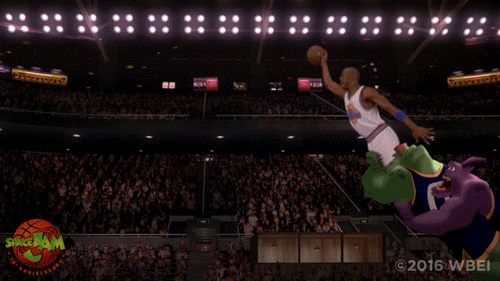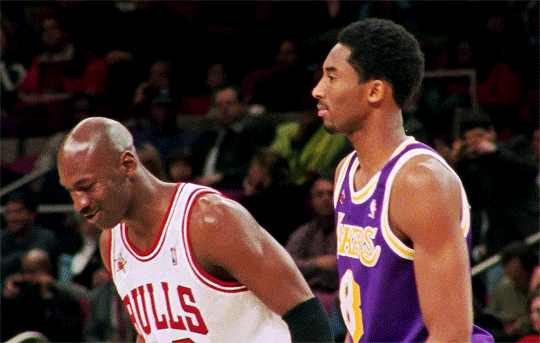Shohei Ohtani’s unprecedented 50/50 milestone isn’t just rewriting baseball history—it’s redefining what greatness in the game looks like.
Shoutout to MLB and Wieden+Kennedy Tokyo.
Shohei Ohtani has made history and headlines.
Again.
Does it matter?
It’s just numbers after all, right? Who cares about dry statistics? Ohtani doesn’t even play defense (this year). What about Aaron Judge? Francisco Lindor? Aren’t they having monster seasons too?
Alright, talking heads. So-called pundits. Blabbermouths. Clickbait conmen. Circus freaks.
I’m hitting MUTE on all of you.
Because, yes, Shohei Ohtani’s 50-home-run, 50-stolen-base milestone does matter. And if you don’t think so, history won’t be kind to you.
First of all, no one in the history of baseball—in all its dusty, 150-million-year-old grandiosity—has ever done this. Ohtani’s already been creating his own new club of achievement. Each homer, each steal, is another chapter in the history books. But fine, 47/47 didn’t get the same headlines because we’re obsessed with round, juicy numbers that roll off the tongue. Fifty feels better, doesn’t it?
But let’s talk about where this deserved hype is coming from.
Yes, Judge and Lindor are putting up incredible seasons, too. They are elite, but in a way that’s still earthly. We’ve seen their kind before. They’re fantastic, MVP-worthy, even.
But Shohei Ohtani? He’s beyond that. We’re talking about a unicorn leading a revolution.
Remember, before Ohtani, it had been almost 100 years since anyone both pitched and hit at a high level in Major League Baseball. The last to do it? Babe Ruth—America’s first national sports superstar. Ruth was Michael Jordan before Michael Jordan. Elvis before Elvis—if Elvis could swing a 44-ounce bat, call his shots, promise sick kids a homer, then deliver, and hop on the mound to strike out fools with a grin on his face. The Sultan of Swat? Sure. But also the king of swagger.
And then… baseball stopped letting players try both. “That’s just not how it’s done,” they said, as if the game had some holy decree carved into the surface of horse hide-wrapped spheres.
Pick one. Hit or pitch. Baseball said, “You can’t have both.”
And so, for generations, players with two-way talent were forced into boxes—generation after generation of missed opportunity. Call them the lost years. Call it what happens when tradition becomes tyranny.
Then, Shohei Ohtani arrived.
Out of Japan, where he was drafted out of high school by the Nippon Ham Fighters. Yes, Ham Fighters. I don’t know what they have against ham, but suddenly, Ohtani was one.
Why? Did he hate ham? Was this some personal vendetta against pork products? Who knows. But what we do know is that they offered him something no one else did: the chance to both pitch and hit. It was unheard of. Even Ohtani was surprised. Because that’s not how modern pro baseball works. It’s a game of specialization, after all. You focus on one thing and become the best at it. But the Ham Fighters? They were willing to fight a lot more than ham. They were ready to take on the entire baseball establishment.
It wasn’t an overnight success. Hell, it wasn’t even a home run. Maybe closer to a strikeout. But baseball is a game of failure, and the Ham Fighters and Ohtani stuck with it. Slowly, methodically, he developed a routine, building up both sides of his game until he was a legitimate two-way threat.
MLB scouts came in droves. And as Ohtani’s skills sharpened, it became clear he had his sights set on America. The big leagues.
Scouts were famously mixed on Ohtani. Including one hot take that said Ohtani wasn’t special and basically looked like a high school hitter. Ha.
Then came the real question: Would any team actually let him continue to play both ways?
No one believed it. It sounded like a novelty, a marketing gimmick. Just wait, they thought—he’ll have to pick one. But the Los Angeles Angels? They decided to roll the dice and let him try both.
Ohtani debuted, and it was like the baseball world woke up. The media couldn’t get enough. Finally, something new to talk about. The hot-take machines went into overdrive. Ohtani faltered a bit at first, even thought about giving up the dream of being a two-way player. But slowly, he found his stride—racking up strikeouts on the mound and launching homers over the wall.
Fast forward, and now we’re in a place no one could have imagined: Shohei Ohtani, not just excelling at both, but redefining what it means to be great. Wait—he’s one of the best pitchers in the game? On some nights, yes. One of the best hitters? Possibly, yes.
He did what nobody thought was possible. And in doing so, he began to obliterate the boundaries baseball had set for itself for a century. The unicorn revolution, indeed.
And still, the naysayers persisted. The ultra-conservatives, the gatekeepers. “But Ohtani can’t be the face of baseball,” they said. “He doesn’t even speak English.” Enter Stephen A. Smith, sports’ professional loudmouth, saying that Ohtani couldn’t be the face of baseball because of that language barrier. What a take, huh? That one aged like milk left out in the sun. If only Smith didn’t speak English—or any language for that matter—our sports-watching experience would be far more enjoyable.
Then came the MVPs. Then came the contract. Ohtani signed with the Dodgers, earning the largest deal in sports history. More validation. More hype. More people waiting for him to fail under the weight of expectations.
Then there was that weird Netflix-worthy scandal with his translator-slash-best friend, who held all his financial passwords. The media was ready to pounce. Surely, this was the unraveling they had been waiting for.
Ohtani’s response? He became the sixth player in MLB history to join the 40/40 club—40 home runs, 40 stolen bases. The pinnacle of offensive greatness, right?
But he didn’t stop there.
Yesterday, Ohtani went 6 for 6, belting a career-high 3 home runs in a single game, to go along with two stolen bases, two doubles, and an astounding 10 RBIs. And in that crazed blur, Ohtani achieved 50-50 in the same game. He even pushed it to 51-51 if you want to get technical.
Once again, Ohtani has set the world on fire. And not just the baseball world. LeBron James chimed in. So did Patrick Mahomes. So did countless voices acknowledging the real-time greatness unfolding before our eyes.
For the uninitiated, outsiders might wonder what the big deal is. Well, baseball is a game that has been going on for 200 years. Untold thousands have passed through. And Ohtani has emerged as the only person to register this level of greatness.
Baseball is a simple game, it’s been said. Throw the ball. Hit the ball. And in that simplicity, the game will judge you. It’s a game that all comes down to repetition and making split-second choices.
You see, baseball loves choices. Power or speed. Pick one. You can’t be both. That’s just how the game works.
But Ohtani, once again, chooses both.
This doesn’t diminish what Judge or Lindor are doing. They’re having amazing seasons in their own right. But Ohtani? He’s reframing the whole damn conversation. What does baseball excellence even look like now?
Judge and Lindor are incredible. But Shohei Ohtani is redefining the game.
And it’s not just baseball. Ohtani’s captured the world’s imagination. He’s transcending the sport itself, mentioned alongside names like Ronaldo and Messi. A global superstar in a sport that’s longed for one.
The fact that fierce debates are raging and waves of haters and trolls are rising, is proof that baseball is roaring back into culture. Let the national and international debates catch fire.
So, yeah, bring the hype. Bring the hate. Bring another MVP.
And with it, bring the haters and naysayers. It’s all voices that will raise the game higher.
Then sit back, as the dust settles on Ohtani’s newly minted, exclusive 50-50 club. Because when Ohtani steps onto the sacred ground of October baseball for the first time, history and the world will be watching.
And with history as our guide, we have no idea what Shohei Ohtani will do next.
Andrew “Oyl” Miller is an advertising Creative Director and Copywriter. He spent 15 years working at Wieden+Kennedy on brands like Nike, PlayStation and IKEA. You can check out his work on his website.


